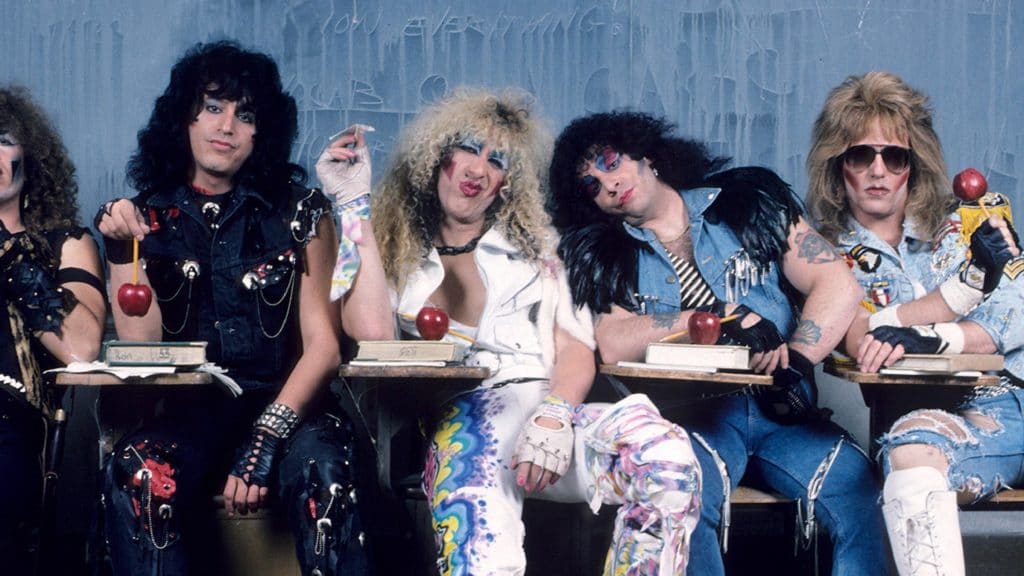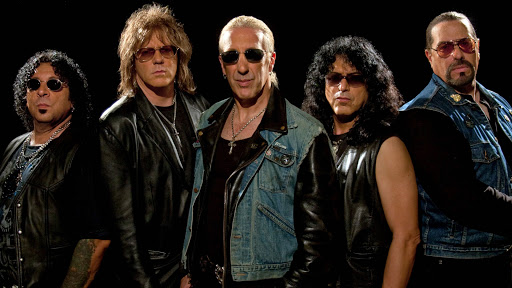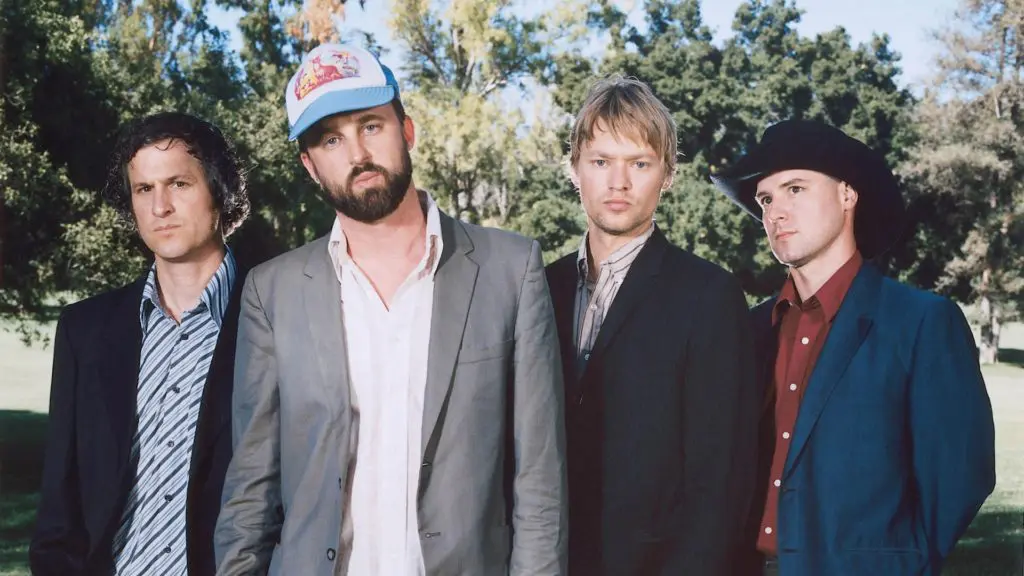Twisted Sister appeared on the New York scene in 1972. The fate of the popular team was very sad.
Who did it all start with?
The initiator of the creation of the group was guitarist John Segal, around whom the "fans" of many rock bands of that time gathered. The original name of the Silver Star team.
The first composition was unstable and changed dramatically. At first, the group consisted of John Segal, Billy Diamond, Steve Guarino and Tonny Ban, mainly performed in bars in New York.
Changes in the Twisted Sister team
A year later, Michael O'Neill joined them, and it was he who owned the idea of changing the previous name to Twisted Sister and updating the style. Not all musicians of the band agreed with this, so Eddie Ojeda (guitar), Kenneth Harrison Neil (bass), Kevin John Grace (drums) took the places of the departed.
Things weren't going well for the vocalists until Dee Snider got the mic. From the first team, only JJ French remained in the team.
Finding your own face
Prior to the arrival of Snyder, the band only played cover songs, but the new vocalist changed priorities. Now the group was working on the performance of their own works.

It began with the fact that between songs Snyder inserted his own rather extensive monologues. He also set the band to focus on harder metal, taking it away from glam rock.
From performances in clubs of the second hand, the group was confidently moving towards signing a contract, gaining more and more popularity. But this did not save her from further staff turnover: the drummer was replaced by Tony Petri, and the bassist was Mark Mendoza. Mark contributed to the further "metalization" of the band.
Start of studio work
By 1978, the group's first record was released - the single I'II Never Grow Up Now! A year later, they recorded the next Bad Boys EP (Of Rock 'n' Roll). Nevertheless, major publishers refused to cooperate with the Twisted Sister group. It wasn't until 1982 that Secret Records sponsored the group's debut album.
By this time, Anthony Jude was already the drummer, and Pete Way was the producer. The sound of the first album Under the Blade was not at the highest level, but nevertheless it was noticed, and the Twisted Sister group began to perform as an opening act for the Motӧrhead group, and also took part in The Tube.
After the broadcast, they were immediately offered a contract by Atlantic Records, and at the same time the company allocated the group a new producer, Stuart Epps, who directed the team to glam.
Twisted Sister albums
Soon the second album was released, and with it the popularity increased. The peak of Twisted Sister's fame was during the release of the full-length disc Stay Hugry, which became an absolute commercial success.
The group had their own hits We're Not Gonna Take It and I Wanna Rock. The album was a significant success. Luck made the musicians think about whether to continue the development of glam in their work or return to metal. An attempt to combine these styles was the album Come Out and Play, which was coolly received by the public.
Having reached the top positions, the disc quickly disappeared from the charts, and the tour in support of the album was in jeopardy. The matter was complicated by the confrontation between French and Snyder. In the end, Snyder recorded the next disc with outside invited musicians, although the names of the official composition were listed on the cover.
In subsequent concerts, the former participants again took their rightful places. The Love Is For Suckers album became a product of pop metal, because of which the former "fans" turned their backs on the Twisted Sister band. This was followed by a "disastrous" tour of the US and Europe.
Breakup of Twisted Sister
After all these events, the group was waiting for the collapse, and it reappeared only 10 years later. Their compilation was re-released by Spitfire Records, prompting Twisted Sister to resurrect in 2001. The musicians gave a charity concert. This was followed by the release of the group's greatest hits compilation Essentials.
Snyder, with musicians Eddie Ojeda, JJ French, Mark Mendoza and AJ Piro, made a studio re-recording of the biggest hits, combined in the Still Hungry compilation in 2004.
The following year was marked by the group's charity performance at the Klondike Days festival and a short tour, in which the group performed in an unusual form, without using their stage, familiar to the "fans" entourage.
Group revival
In 2006, the band's last Christmas disc was recorded, which is a cover version of popular hits. A number of music videos were also filmed, and 2009 was Twisted Sister's final large-scale, show-like stage presence.
Then the musicians sometimes delighted fans from all over the world, giving concerts and going on short tours, participated in various festivals and shows.

The musicians celebrated the 30th anniversary of their single Stay Hungry. All albums are still very popular among fans of their music, their first releases have become a rarity.
Farewell show Twisted Sister
In 2015, drummer AJ Piro passed away while touring the US. Then the team announced the breakup of the group and carried out a farewell tour in 2016. The farewell performance was recorded on DVD.



